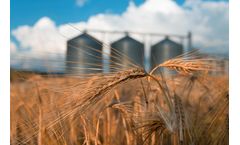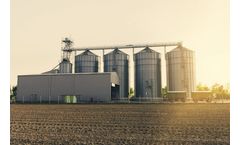Grain Sampling Articles & Analysis
9 articles found
Insects and mould are dependent on the temperature and moisture of the stored grains, with mould being the more common of the two for grain spoilage. ...
Moulds are the most common cause of grain spoilage and can cause changes in the appearance and quality of stored grains. ...
Moulds are the most common cause of grain spoilage and can cause changes in the appearance and quality of stored grains. ...
Distillers grains (DG) are the still residues after the ethanol has been collected. ...
An observational study was conducted from 2001 to 2005 in Iowa to examine the relationships among: pH; CaCO3 equivalent (CCE); alkalinity stress index (ASI), which combines pH and CCE in one value; SCN; and soybean grain yield of SCN-resistant and susceptible cultivars. The study was conducted within 23 fields that had marked variability in soybean growth. Remote sensing of ...
An observational study was conducted from 2001 to 2005 in Iowa to examine the relationships among: pH; CaCO3 equivalent (CCE); alkalinity stress index (ASI), which combines pH and CCE in one value; SCN; and soybean grain yield of SCN-resistant and susceptible cultivars. The study was conducted within 23 fields that had marked variability in soybean growth. Remote sensing of ...
Grain legumes could serve as a low cost nitrogen (N) and energy source for animal production in the southern Great Plains (SGP). ...
This report details the concentrations of over 60 elements in sewage sludge from 48 sewage treatment plants across Sweden; manure from pigs and cattle from 12 farms; the most common NPK and P fertilisers (2 of each sort); precipitation during one year from Gårdsjön in west Sweden; 25 topsoil and 25 subsoil samples from a variety of soil types; and 20 samples of ...
This technical note describes a study on the effect of different dispersing agents and the quantity of same on the grain-size distribution and in particular the percentage of clay size. ...






